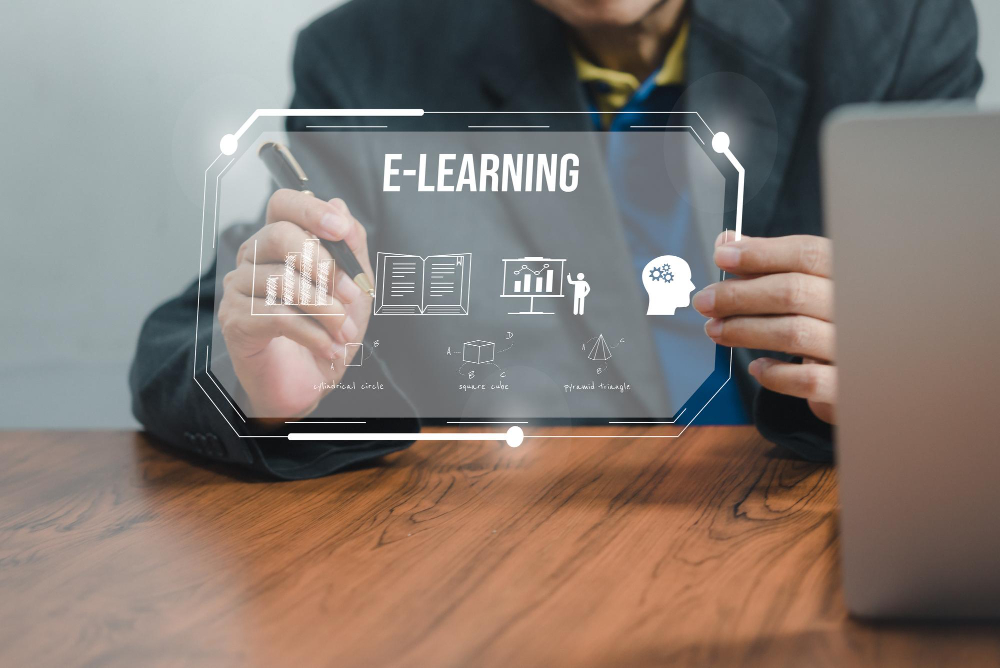In the vibrant world of eLearning, the 70-20-10 model is gaining momentum as a powerful strategy to enhance educational outcomes and employee engagement, particularly in remote environments. This innovative framework reshapes traditional Learning and Development (L&D) by emphasizing a balance that reflects real-world learning experiences. As businesses increasingly rely on remote work models, understanding and implementing the 70-20-10 approach is crucial for an effective L&D strategy.
The 70-20-10 model of learning consists of three main components: 70% experiential learning, derived from practical tasks and challenges faced in a person’s job; 20% social learning, which comes from interactions with colleagues, mentors, and professional networks; and 10% formal learning, typically through structured courses and training programs. This structured yet flexible approach caters to the growing demands for adaptive learning strategies that address diverse learning needs within organizations.
Leveraging the 70-20-10 model requires comprehensive strategies that align with your organization’s goals and employees’ needs. For optimal outcomes, begin with identifying the specific competencies and skills desired within your workforce. Define clear learning paths that employees can follow and provide resources such as access to mentors or online forums for them to engage socially and enhance their learning experience. The ultimate goal is to create a seamless blend of experiential, social, and formal learning that’s tailored to fit your organizational culture.
Incorporating practical tools and technologies can streamline the adoption of the 70-20-10 model in your L&D programs. Online platforms that offer diverse learning content can boost formal learning, while project management tools can simulate experiential learning within virtual settings. Digital communication tools further enhance social learning by fostering collaboration and peer-to-peer interactions, essential for knowledge sharing and skill development in remote work environments.
Continuous evaluation and feedback are vital when implementing the 70-20-10 model. Metrics such as employee engagement levels, performance improvements, and feedback loops can provide insight into the effectiveness of your L&D approach. This data allows you to make informed decisions and adjustments, ensuring that the learning strategies remain relevant and impactful. By integrating feedback mechanisms into your learning programs, you create a culture of continuous improvement within your organization.
The rise of remote work underscores the significance of innovative learning techniques like the 70-20-10 model. As organizations adapt to decentralized work environments, ensuring consistent access to learning and development opportunities becomes essential. The 70-20-10 model offers flexibility and responsiveness, accommodating diverse learning styles and preferences while equipping your workforce with the necessary skills to thrive in a constantly evolving landscape.
Embracing the 70-20-10 learning revolution can significantly enhance your organization’s capability to meet the dynamic needs of remote workforces. As digital transformation progresses, continually refining L&D strategies is imperative for fostering employee engagement and empowerment. By effectively integrating experiential, social, and formal learning, you position your organization for success in the modern eLearning era, paving the way for sustained growth and development.
